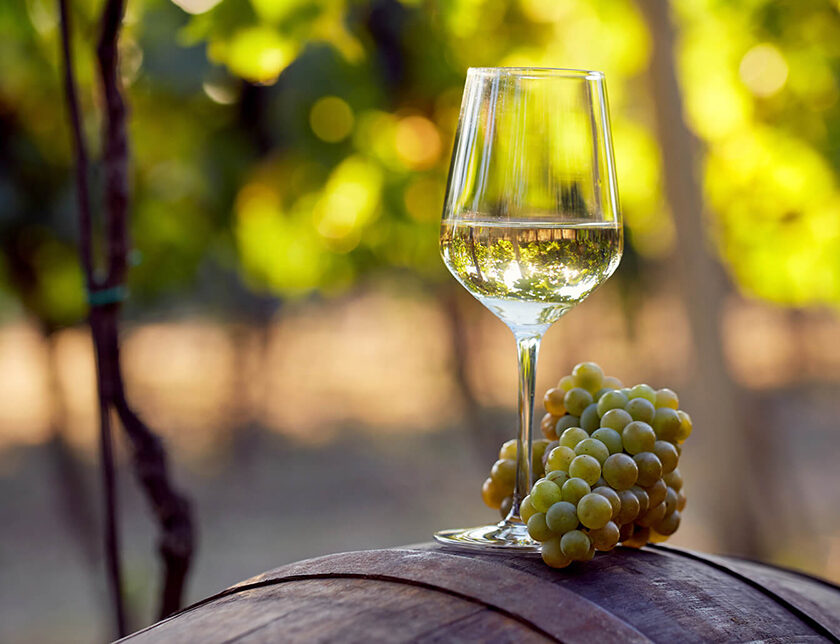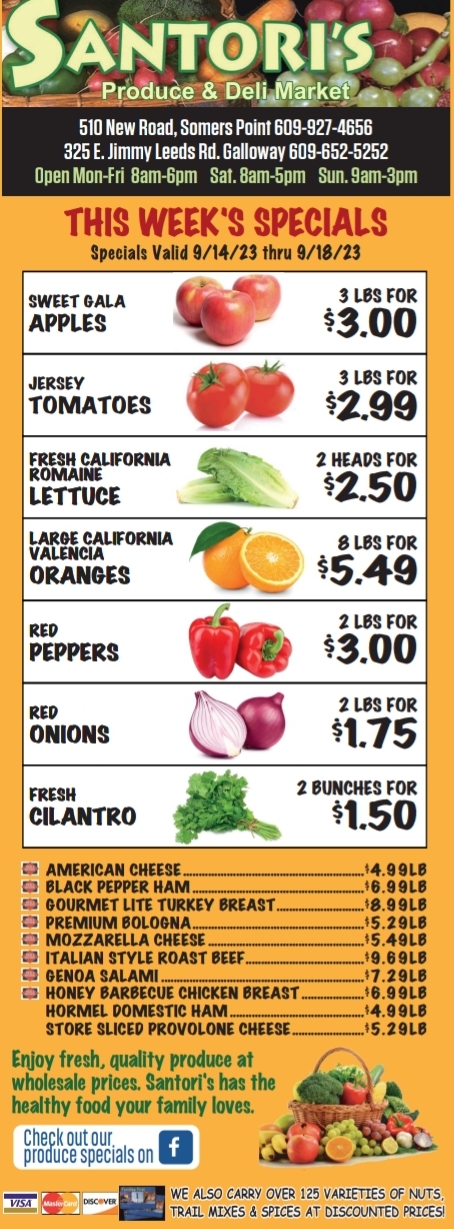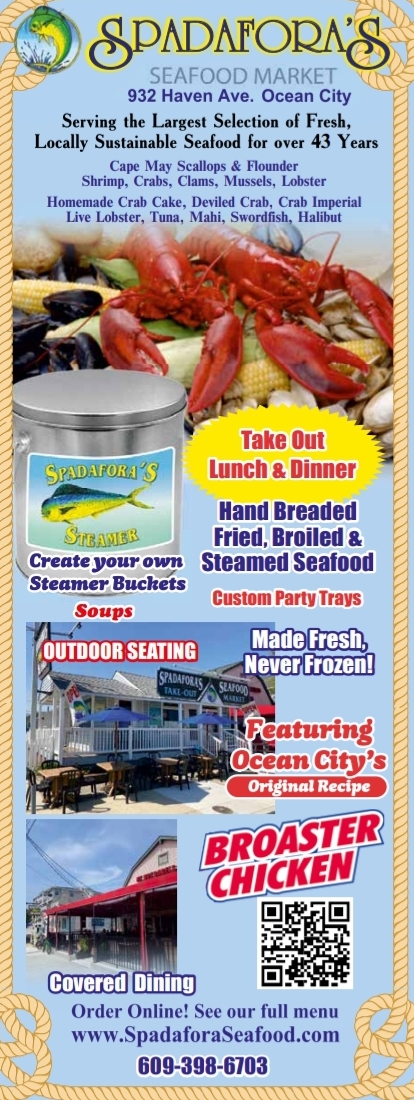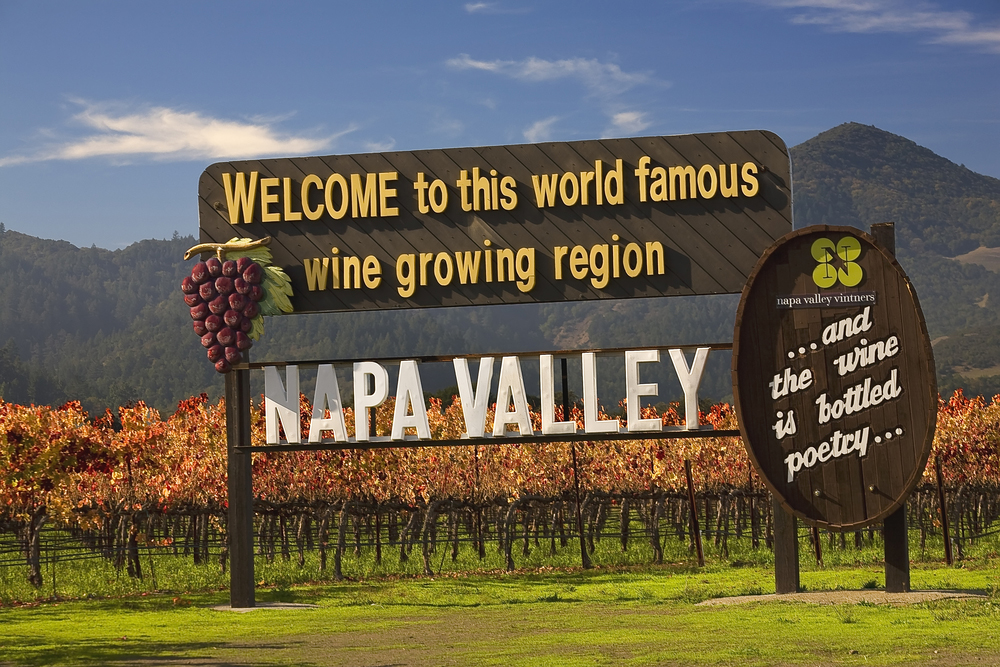By David Setley
Nineteen years ago, the California wine industry declared September as “California Wine Month.” As of 2021, the United States ranks #4 in wine production, with Italy, France, and Spain holding the top three spots (Forbes Magazine). California is responsible for 81% of wine produced in the US, which accounts for approximately 7.5% of the world’s wine (Wine Institute, 2022). To put that into some perspective, the Golden State produces nearly as much wine as Argentina and Germany combined! With so much success, allow me to share some of the most prominent California wine names from the years.
Father Junipero Serra, a Franciscan priest from the 18th century, is considered the father of California wine. After a first mission to California in the late 1760s, Father Serra established 9 missions over the coming years in which he planted vineyards throughout the state. The grapes he planted, known as mission grapes, were the dominant grapes grown in California until well into the 1800s. Then, in 1851, a Hungarian-born scientist and agriculturalist by the name of Agoston Haraszthy made his way to the state in search of relief from asthma. He settled in San Francisco, where he planted a farm and vines. A few years later, in 1857, Agoston purchased land in Sonoma, planted vines, and named it Buena Vista. Buena Vista was among the first commercially operated wineries in the state and is still in operation. Although he ultimately declared bankruptcy and sold his winery, Agoston’s work in vineyard agriculture earned him the title of the father of modern viticulture in California.
Many others have earned notoriety for their role in California wine over the years, going back to the late 1800s. Paul Masson, an innovative winemaker from France whose name is still known today, was invited to the Old Almadén Winery in California in 1878. In 1861, Charles Krug, who had previously worked with Agoston Haraszthy, partnered with John Patchett at a Napa vineyard in St. Helena. In 1879, Gustave Niebaum founded the Inglenook Winery in Napa County, which became our nation’s first Bordeaux-style winery. Their wines became world-famous and won gold medals at the World’s Fair of Paris in 1889. The winery was purchased in 1975 by a famous Hollywood producer who renamed the winery with his family name: Coppola. In 1938, the Russian-born winemaker, André Tchelistcheff, was hired at the Beaulieu Vineyards (BV). He is credited with bringing modern viticultural techniques to the California wine industry. In 1965, another name most recognize — Robert Mondavi — left his family’s winery to start the winery bearing his name in Oakville, California.

Despite the steadily increasing notoriety of California wines, the industry nearly ended in 1920 due to prohibition, when wine production dropped by 94% in the US. Although some wineries managed to stay in business during the 13 years of prohibition by producing wine for religious or medicinal purposes, it took over 50 years for the industry to truly get back on its feet. On May 24, 1976, the wine world was turned on its head at an event that later took on the name: The Judgement of Paris. At a head-to-head blind tasting in Paris, nine French judges, representing the finest wine experts in the country, chose California wines (cabernet sauvignon and chardonnay) over French wines. The wine world was forever changed that day, and California wines earned a seat at the world’s table.
Today, California has 4,800 bonded wineries and grows over 100 grape varietals on 621,000 acres of vineyards. There are an infinite number of recommendations I could give, but I will limit it to a few favorites. Let’s start with cabernet sauvignon, the red that put California on the wine map. Two exceptional cabs, both of which are reasonably priced, are the 2020 Duckhorn Decoy and the 2021 Daou Paso Robles Cabernet Sauvignon. Each wine expresses the bold flavors that have made cabernet sauvignon California’s #1 varietal. Chardonnay, the white varietal made famous by the Judgement of Paris, continues to be the top white wine in California. The 2021 Raeburn and 2021 Au Bon Climate are classic chards that I would highly recommend.
If you’re looking to stray from cabs or chards, the two varietals that California does better than anywhere in the world (in my opinion) are petit sirah and zinfandel. The 2020 J. Lohr Tower Road Petit Sirah is my favorite. The wine features aroma of cranberries and red fruit with notes of wildflowers. The bold flavor of red raspberries and blueberries has a long-concentrated finish that is sure to please those who enjoy great California reds. Or, reach for the 2019 St. Francis Old Vines Zinfandel. It has earned a 90-point rating from Wine Spectator and features juicy raspberry and blackberry fruit flavors balanced with spicy notes of cinnamon and black pepper. Delicious.
Lastly, California is also becoming well-known for its blends. For a white blend worthy of your attention, try the 2022 Pine Ridge Chenin Blanc and Viognier blend. Alternatively, grab a bottle of the 2020 Ancient Peaks Renegade, a wonderful red blend of syrah, petit verdot, and malbec. This wine was a big hit at a recent wine tasting event!
Raise a glass to the great state of California and its wine success this month. As always, feel free to contact me at dsetley@passionvines.com. Until next time, happy wining!
David Setley is enjoying his retirement from higher education as a wine educator and certified sommelier at Passion Vines in Somers Point, New Jersey.







